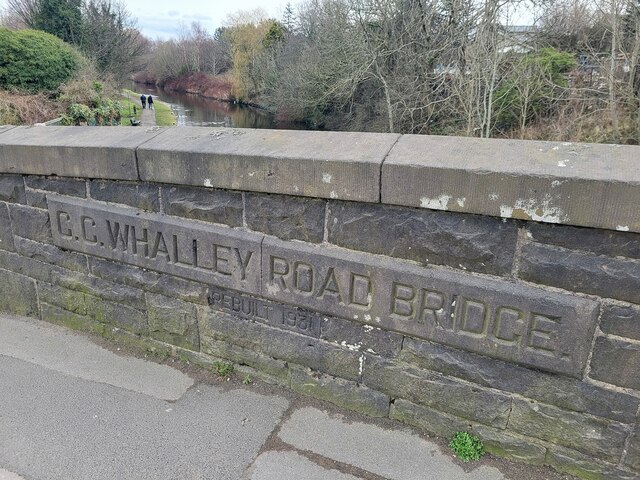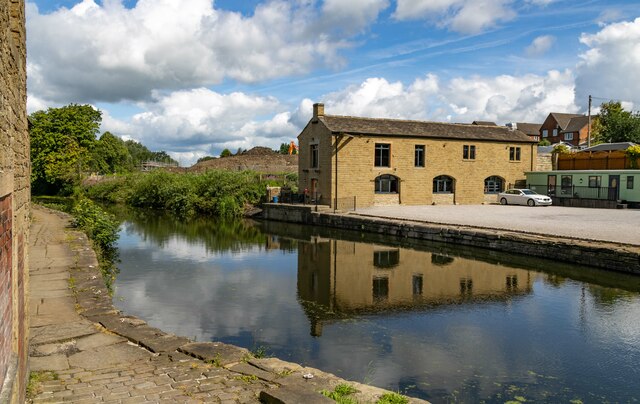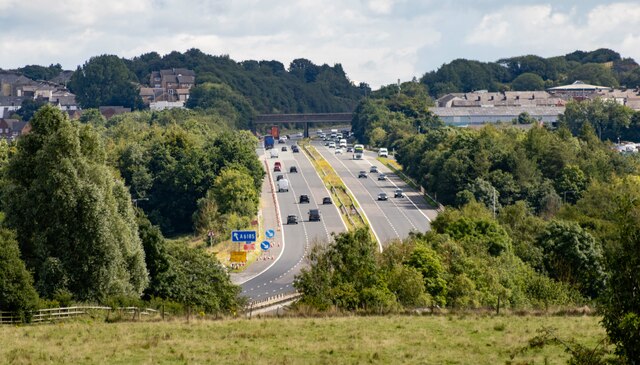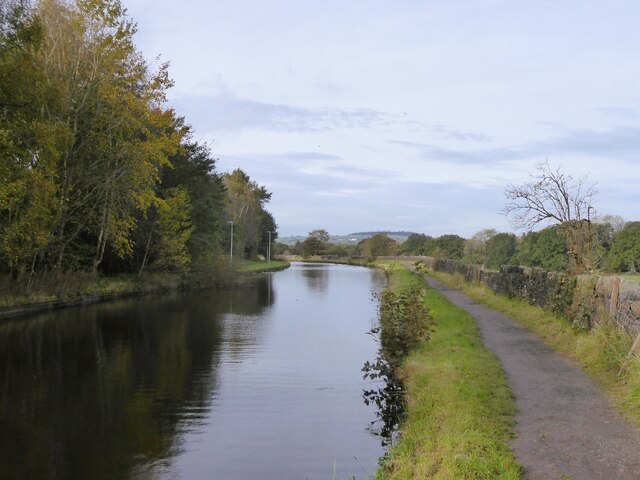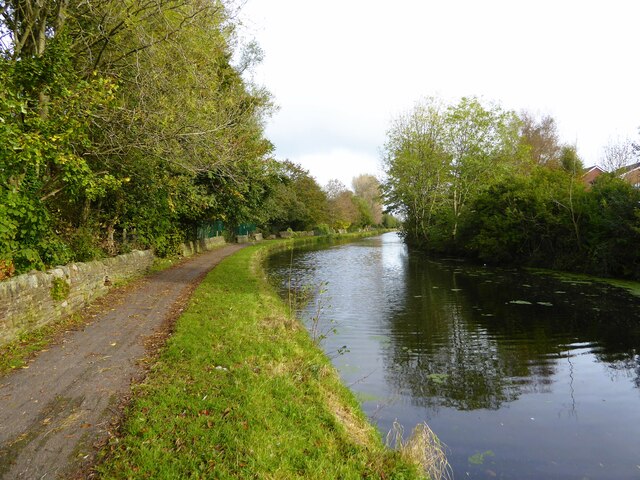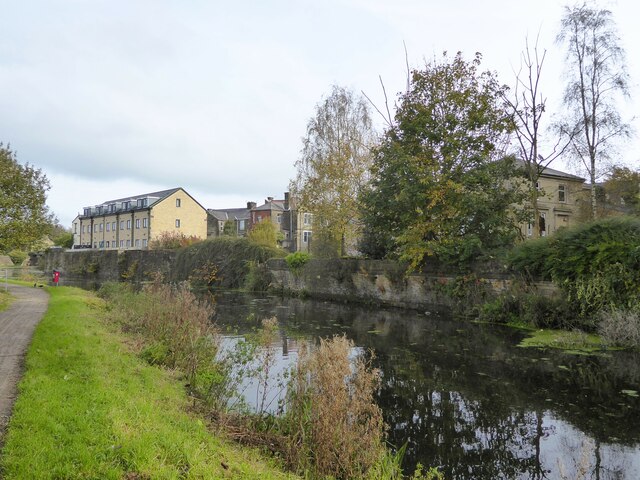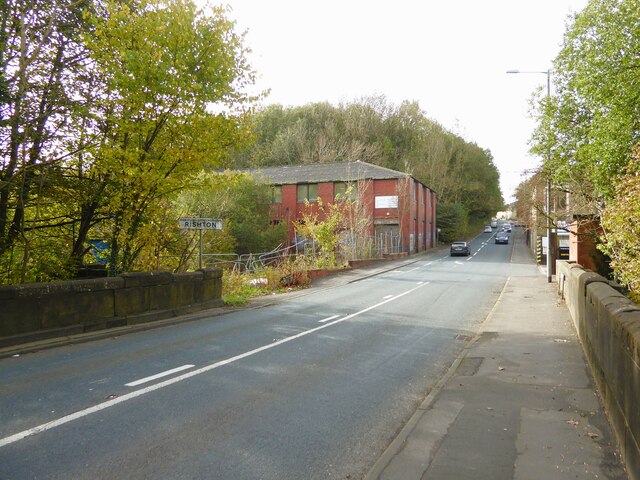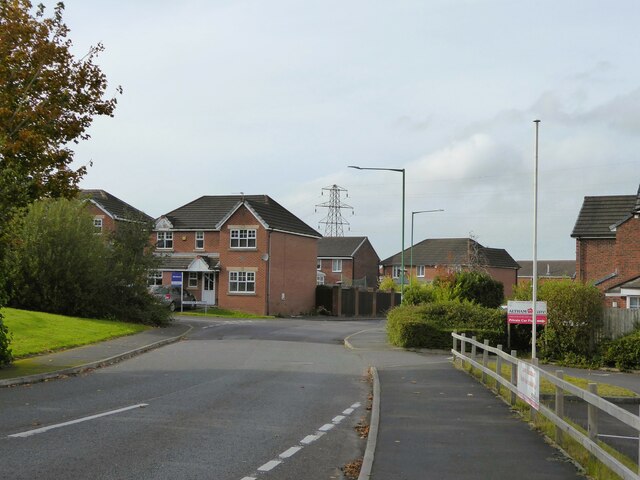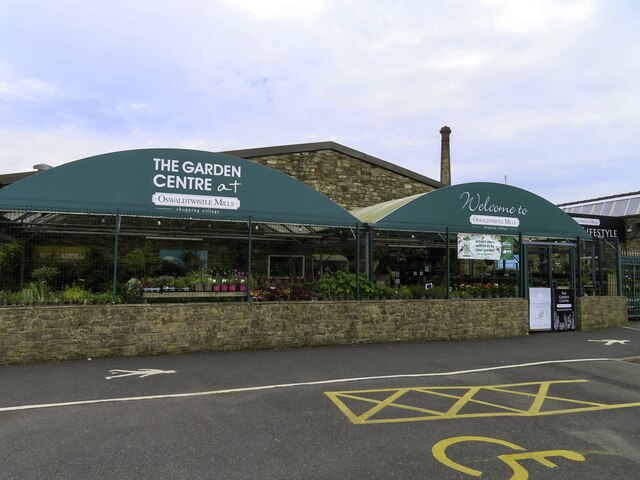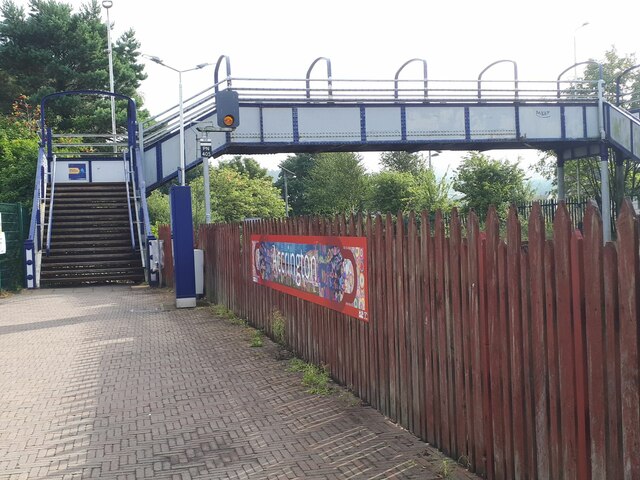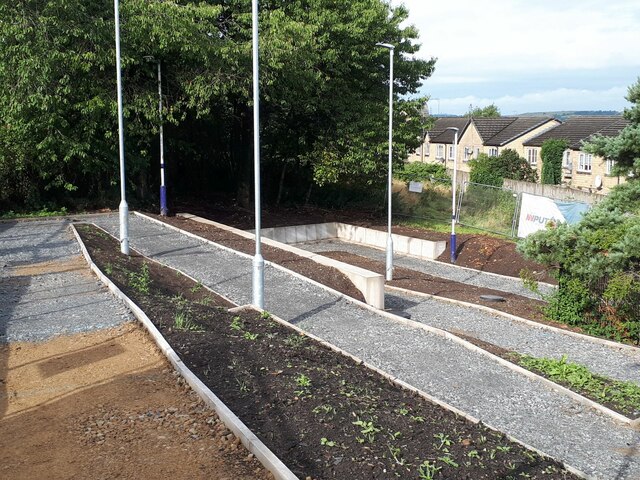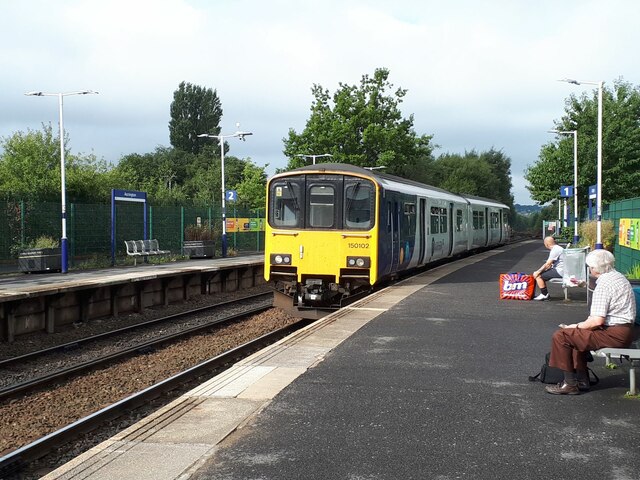Spring Hill
Settlement in Lancashire Hyndburn
England
Spring Hill
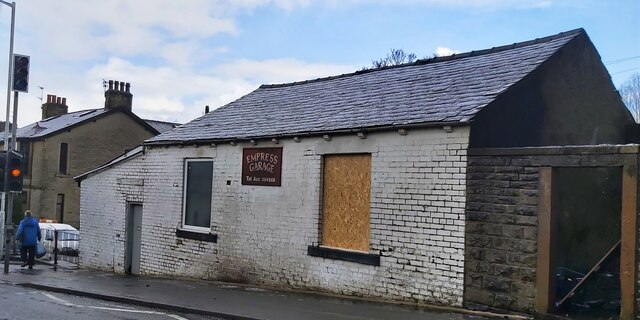
Spring Hill is a small village located in the county of Lancashire, in the northwest of England. Situated approximately 3 miles northeast of the town of Accrington, Spring Hill is nestled within the picturesque countryside of the Rossendale Valley. The village is part of the Hyndburn borough and falls under the civil parish of Baxenden.
With a population of around 1,200 residents, Spring Hill exudes a close-knit community feel. It is primarily a residential area, characterized by rows of quaint cottages and traditional stone-built houses. The village is enveloped by lush greenery and offers breathtaking views of the surrounding hills and valleys.
Despite its small size, Spring Hill boasts a few amenities to cater to the needs of its residents. These include a local convenience store, a post office, and a charming village pub, which serves as a popular gathering spot. The nearby town of Accrington provides additional facilities, such as supermarkets, schools, and healthcare services.
Spring Hill's location in the heart of Lancashire affords residents easy access to the region's natural beauty. The picturesque countryside offers opportunities for peaceful walks, cycling, and exploring the nearby forests and nature reserves. Additionally, the village benefits from good transportation links, with regular bus services connecting it to neighboring towns and cities.
Overall, Spring Hill offers a tranquil and idyllic setting for those seeking a peaceful retreat in the Lancashire countryside, while still remaining within reach of the amenities and conveniences of nearby towns.
If you have any feedback on the listing, please let us know in the comments section below.
Spring Hill Images
Images are sourced within 2km of 53.76258/-2.385268 or Grid Reference SD7429. Thanks to Geograph Open Source API. All images are credited.
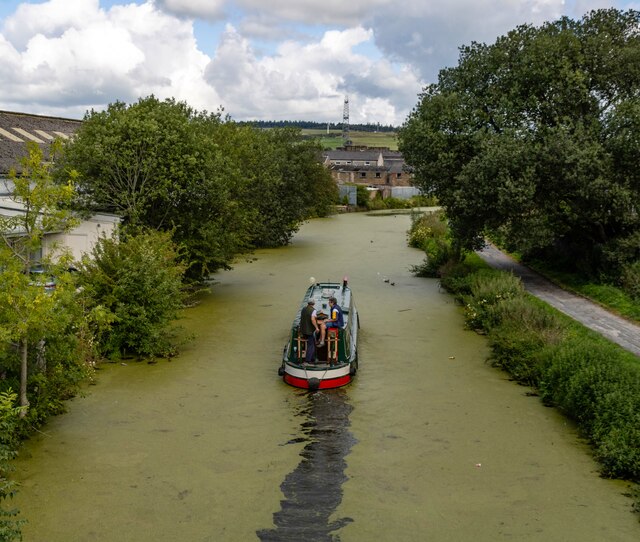
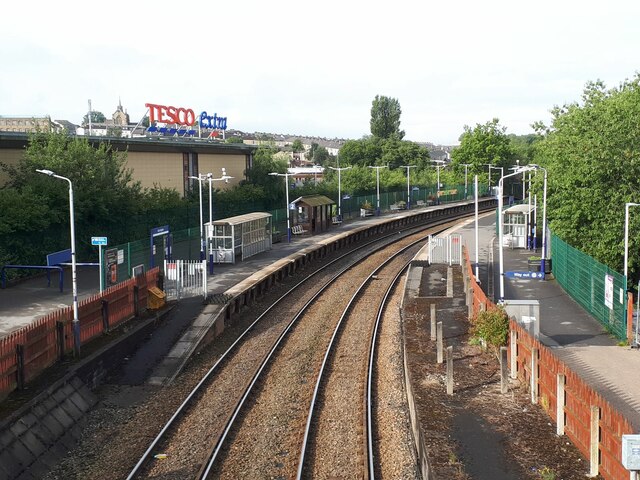
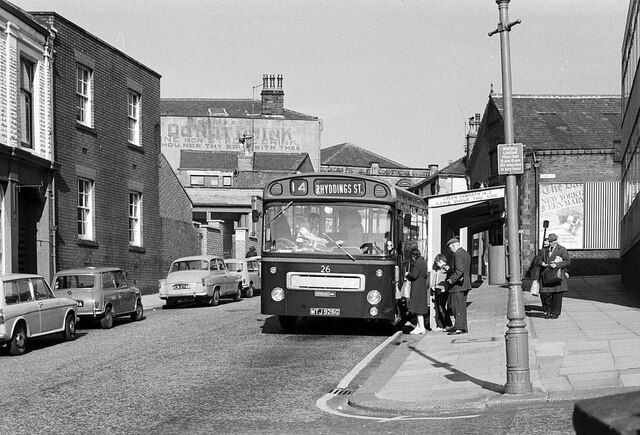
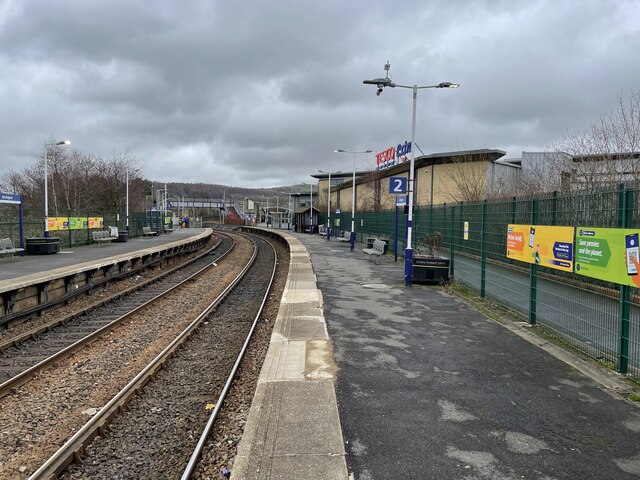
Spring Hill is located at Grid Ref: SD7429 (Lat: 53.76258, Lng: -2.385268)
Administrative County: Lancashire
District: Hyndburn
Police Authority: Lancashire
What 3 Words
///thick.trap.emerge. Near Clayton le Moors, Lancashire
Nearby Locations
Related Wikis
St Christopher's Church of England High School, Accrington
St Christopher's C of E High is a Church of England High School with academy status located north of Accrington in Lancashire, north-west England. The...
Hyndburn (UK Parliament constituency)
Hyndburn is a constituency in Lancashire represented in the House of Commons of the UK Parliament since 2019 by Sara Britcliffe of the Conservative Party...
Hyndburn
Hyndburn is a local government district with borough status in Lancashire, England. Its council is based in Accrington, the largest town, and the borough...
St James' Church, Church Kirk
St James' Church is an redundant church in St James' Road, Church, Hyndburn, Lancashire, England. It was an active Anglican parish church in the deanery...
Nearby Amenities
Located within 500m of 53.76258,-2.385268Have you been to Spring Hill?
Leave your review of Spring Hill below (or comments, questions and feedback).
